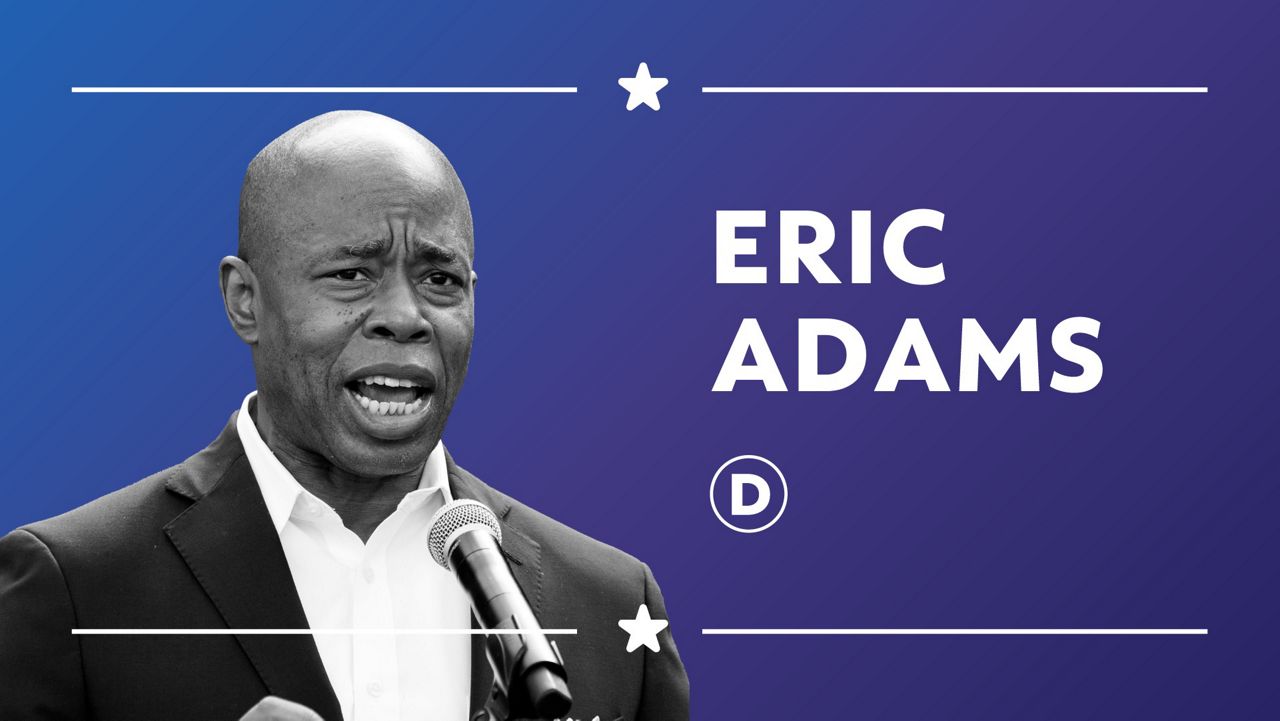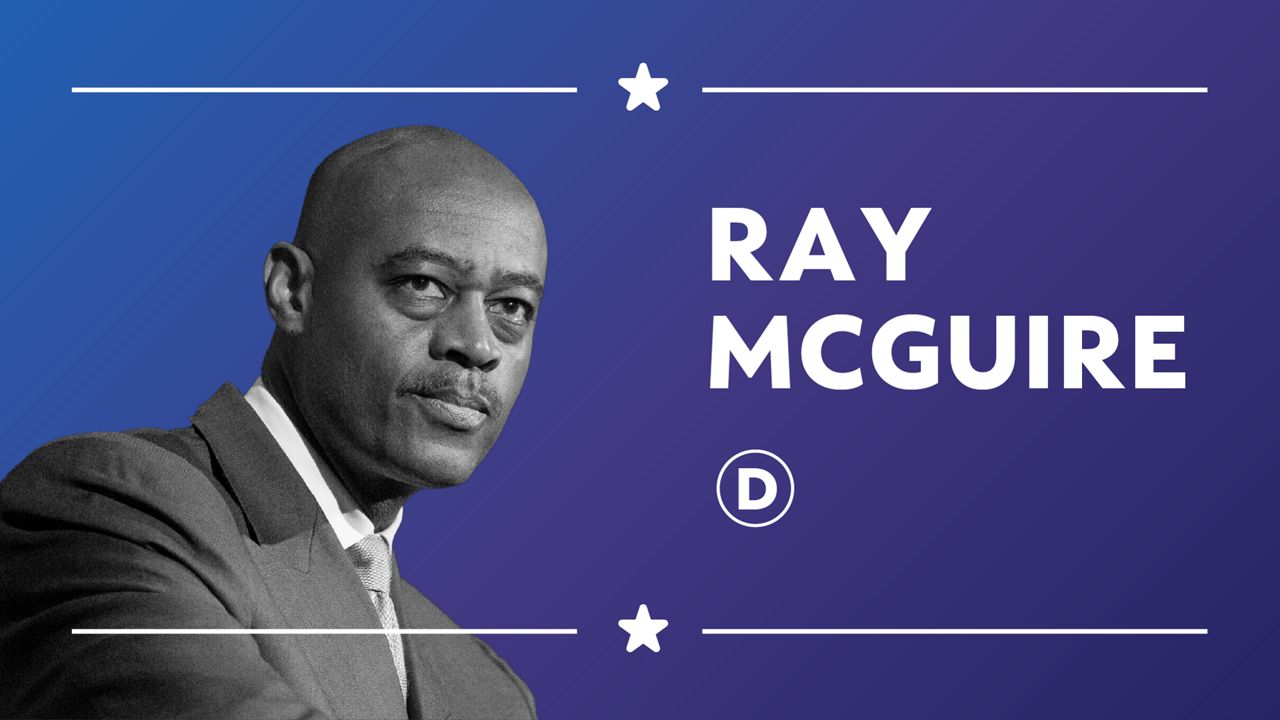NEW YORK — While there are eight major Democratic candidates for mayor, they are crammed together in the same car when it comes to most transportation issues. Their platforms often sound remarkably similar:
- The city should create more busways
- The city should have more bike-share programs
- The city should expand electric scooter and e-bike options
But some candidates don’t agree on how the NYPD should police the public transit system, with some candidates promising to deploy more officers to patrol the subways while other candidates reject the move.
Among the other proposals, the leading Democratic mayoral candidates broadly agree that the bus network should go all-electric, and that the city should carve out more protected bike lanes. When it comes to the details, former city sanitation commissioner Kathryn Garcia and City Comptroller Scott Stringer have provided aggressive figures: Garcia proposes 250 additional miles of protected bikes lane, and Stringer calls for 350. But overall, the Democrats looking to replace Bill de Blasio are in lockstep in their goal to provide New Yorkers more ways to get around while being safe, efficient, and environmentally friendly.
Perhaps more surprising, given that it is controversial for some drivers, is that the candidates all endorse congestion pricing. The plan — which the state approved two years ago before the Trump administration, MTA leaders say, left it in limbo — calls for charging drivers a fee to enter Manhattan south of 60th Street in order to generate revenue for transportation projects and to improve air quality. The only caveat for former federal housing secretary Shaun Donovan and former non-profit executive Dianne Morales is their desire for the city to control the revenue.
Much of the Democrats’ proposals — such as the electrification of city buses or the creation of more busways — are already in the works or have gotten the nod of approval from Bill de Blasio’s administration, and the candidates are telegraphing that they would continue or expand the projects. Other ideas Democratic hopefuls have backed — such as the city taking control of public transit, which entrepreneur Andrew Yang supports — are out of the mayor’s hands and would require MTA and state approval.
There’s division, however, over ideas viewed as more progressive.
One such proposal: Garcia and Stringer vow to reallocate 25% of the city’s car space for pedestrians. Advocates say this commitment is crucial to create more space for greeneries, crosswalks, and more. And they argue it is reasonable since most New Yorkers do not travel by car.
“I believe in the ‘25x25’ plan to reclaim our streets for communities, not cars,” Stringer said at a March 26 mayoral candidates’ forum on transportation.
Another transit issue that’s caused some divisions among candidates is the deployment of police officers underground. In February, de Blasio sent more NYPD officers to the subways following multiple stabbings along the A line. The officers in some cases check in with train conductors, pulling into stations to see if anything is going on and performing quick inspections before waving the trains off.
Yang and Garcia are among those who endorse an increased NYPD presence on the subways.
“We need to make sure we have enough officers so that people feel safe on the subway. They don’t today, and that is why we still have lower ridership,” Garcia said at the forum last month.
But Stringer and Morales — who are both running in the progressive lane and have been critical of the NYPD during the campaign — are among the Democrats who have rejected the move.
“What we really need below ground is mental health professionals,” Stringer said about the NYPD increasing its presence on the subways.
Earlier in the year, the MTA called for lifting the staffing level of the NYPD Transit Bureau to nearly 4,000 officers, the same tally as in the 1990s. The six murders in the transit system last year were the most since at least 1997. But even with the city’s spike in violent crime in 2020, its overall crime rate was much higher in the 1990s, and activists and some elected officials in recent years have raised red flags about what they say would be sending too many officers underground.
Other leading Democratic mayoral candidates’ positions on transportation:
- Proposes giving commuters free transfers for subway stations within a half-mile of each other, even if they are not connected transfers
- Calls for reopening closed subway entrances to improve access and mobility
- Says his administration would target for enforcement streets with high numbers of crashes
- Backs maintaining NYC Ferry services, but has said they should be more cost-effective and be connected to transportation hubs
- Wants a program to employ people to rebuild the city’s infrastructure, including its transit
- Promises to work with the state and federal governments to expedite critical subway repairs, including repairs for broken elevators at subway stations
- Says the city cannot afford to take over the MTA
- Supports more bike lanes, but says the city should be responsive to community input
- Promises to create more protected bike lanes
- Proposes creating bus lanes along Flatbush Ave. in Brooklyn, Fordham Road in the Bronx, and Northern Blvd. in Queens to speed up trips and help these areas with limited subway service
- Doesn’t want the NYPD to be involved in traffic enforcement
- Doesn’t support allowing community boards to veto road infrastructure proposals
------
Did you know you can now watch, read and stay informed with NY1 wherever and whenever you want? Get the new Spectrum News app here.
------
This story includes reporting from Emily Ngo, Dan Rivoli, and Lindsay Tuchman.
------
Looking for an easy way to learn about the issues affecting New York City?
Listen to our "Off Topic/On Politics" podcast: Apple Podcasts | Google Play | Spotify | iHeartRadio | Stitcher | RSS
Faraz Toor - Digital Producer
Faraz Toor is a NY1 digital producer with a focus on local politics. He is also the digital producer for the “Off Topic/On Politics” podcast, which has won awards from the Associated Press and the New York Press Club. Faraz graduated summa cum laude from Brooklyn College.








